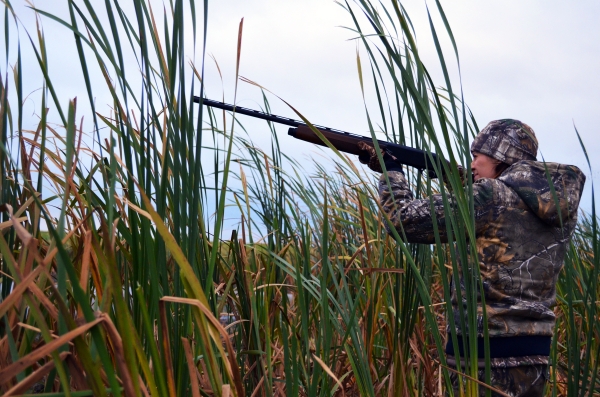
Dikes separate Lake Andes into three separate units, but a lack of a permanent water supply limits the lake's optimal habitat for waterfowl. Only the Owen's Bay marsh, fed primarily by the waters from a free-flowing well, permits effective manipulation of water levels to provide a dependable habitat for ducks and geese. In the 1970s, a waterfowl disease called viral enteritis killed 40,000 ducks and geese on the bay, leading to a change in management practices. Crop fields planted for waterfowl feed were replaced with native prairies, and well waters were redirected during winter months. Today, waterfowl populations are thriving. The center unit of the refuge is currently open to hunting. Duck and goose hunters find multitudes of waterfowl in the marshy habitat, while pheasant and deer hunters pursue their quarry along the brushy perimeter of the lake in low water years.

